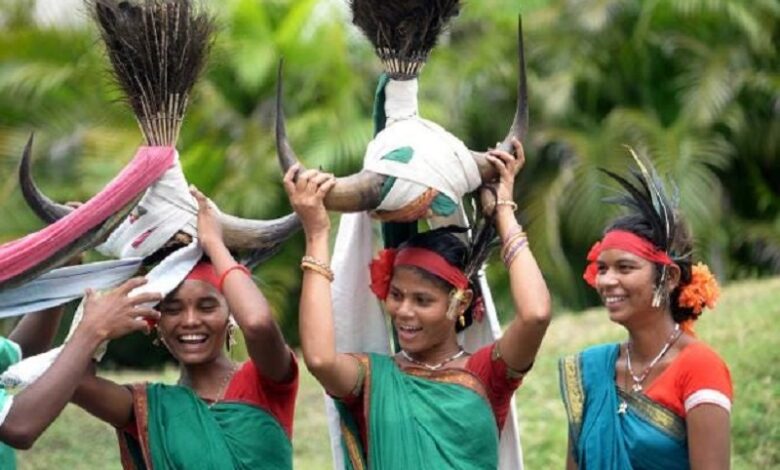The Struggle for Recognition: Unraveling the Plight of the Gothikoya Tribes

News Mania desk/Agnibeena Ghosh/1st May 2024
The Gothikoya community’s name may not be officially listed among scheduled tribes, yet it resonates widely among government circles, activists, and journalists alike. These tribes, known as Gothikoyas, have established settlements in approximately 300 hamlets across Telangana and Andhra Pradesh. However, their narrative primarily revolves around being internally displaced people (IDPs), particularly amid the forests of Chhattisgarh, and now finding themselves dwelling arbitrarily in the dense forests of Telangana State.
Their exodus stems from the tumultuous period of Salva-Judum, during which they were compelled to flee the forests of Chhattisgarh due to escalating violence and coercion from armed squads. It was only after relentless advocacy from human rights activists and intellectuals, highlighting the excessive violence and illegitimacy of these armed groups, that the Supreme Court of India finally outlawed them. The account presented here is grounded in a month-long field visit conducted in 2019, focusing on regions such as Kornapalli, Kristadampadu village in Cherla Block, and Pushkunta village in Dammapet Block of BhadradriKothagudem District, Telangana.
These areas, nestled amid dense forests and historically linked with Naxalite movements, have witnessed the scattered settlements of the Koya community, posing significant challenges for researchers aiming to delve into their struggles comprehensively. Engaging with both the displaced individuals and government officials, researchers sought to unravel the intricacies of their plight firsthand.
The Gothikoya tribes’ story is one of resilience and perseverance against systemic neglect and social injustice. Despite their existence being overlooked in official records, their presence looms large in the collective consciousness of those advocating for their rights. Through this narrative, we delve deeper into the multifaceted challenges faced by the Gothikoya communities, shedding light on their decades-long struggle for recognition and identity.
The tale of the Gothikoyas unfolds against a backdrop of marginalization and displacement, underscoring the urgency of addressing their plight. Despite their integral role in the cultural fabric of the region, these tribes continue to grapple with the repercussions of historical injustices and bureaucratic apathy. As we navigate through their stories, it becomes evident that the quest for recognition transcends mere acknowledgment—it embodies a fundamental pursuit of dignity, equality, and justice.
The journey of the Gothikoya tribes serves as a poignant reminder of the enduring resilience of marginalized communities in the face of adversity. Their struggles, though often relegated to the margins of mainstream discourse, offer invaluable insights into the complexities of social identity and belonging. Through amplifying their voices and advocating for their rights, we take a crucial step towards fostering a more inclusive and equitable society for all.






